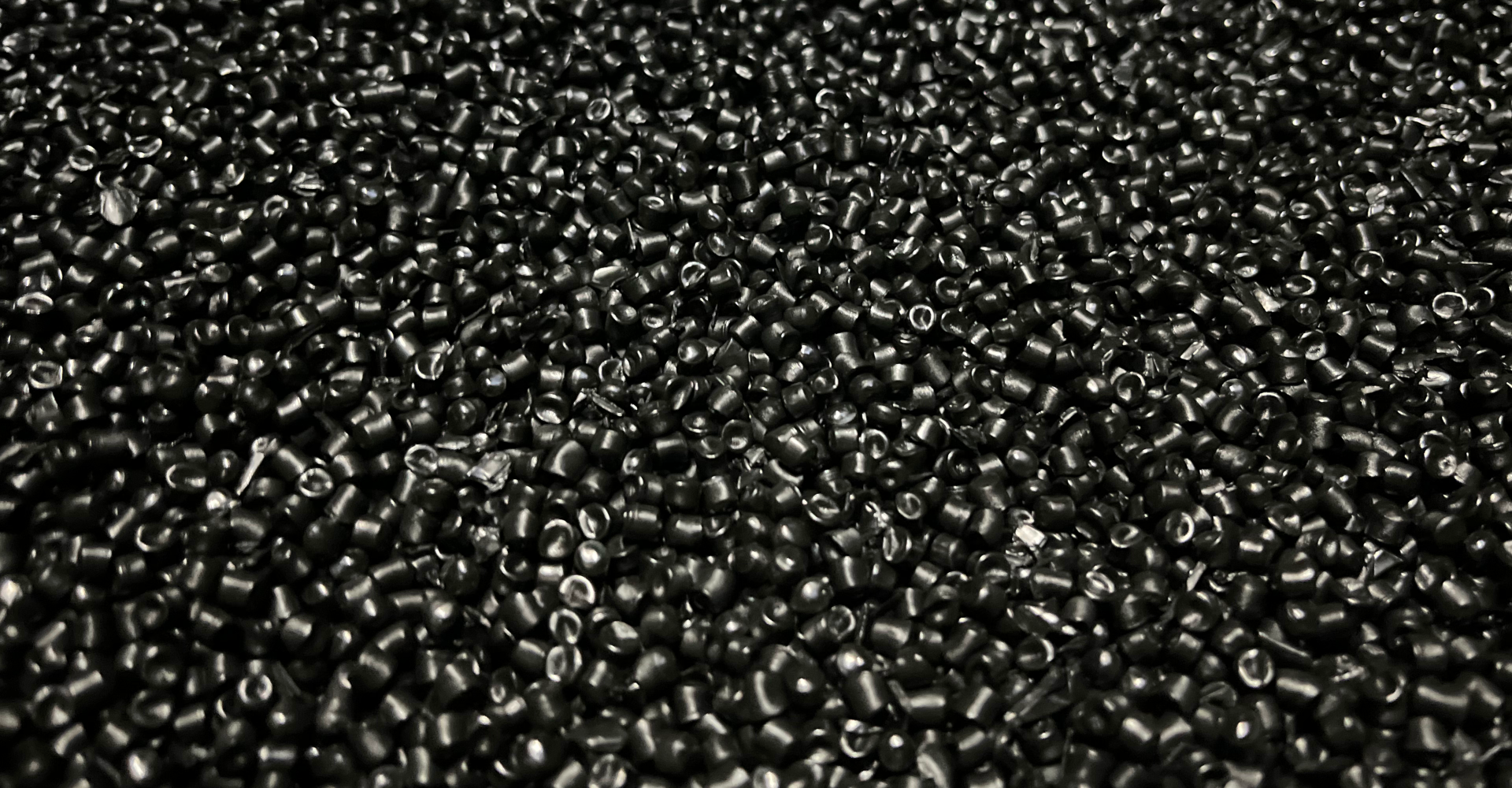Polyethylenterephthalat – PET
Engineering Plastic
In General | Technical Data of PET | Advantages | Tradenames of PET

Plastic Profiles made of Polyethylenterphthalat – PET
Polyethylene terephthalate, PET for short, is a semi-crystalline thermoplastic which is synthesized from terephthalic acid and ethylene glycol. Originally, this plastic was mainly used for films and fibers. Today, PET is one of the most widely used plastic materials. It is characterized by good weather resistance, low sliding friction, low moisture absorption and high dimensional stability.
Three types are distinguished: amorphous, crystalline and PET copolymers. These differ slightly in their properties and allow different processing variants.

PET is mainly used for injection molding and plastic bottle production. Profiles, pipes and sheets are produced by extrusion. Pre-drying of moist material is necessary in this process.
PET is nowadays frequently used as a glass substitute. Various technical advantages such as unbreakability and lower density are the reasons for the rapid upswing of the material in industry. In addition, it is permitted for use in contact with food and nutrition.
Binder + Wöhrle processes PET in the field of plastic extrusion and injection molding. B + W has different types in use and produces customized plastic pipes, hoses -profiles, -sheathings, ¬connections and much more in the diameter range of 0.5 – 50 mm.

Technical Data
- PET
- Density: 1,37 g/cm³
- Tensile Strength: 47 N/mm²
- Minimum Temperatur continuous: -20°C
- Maximum Temperatur continuous: 100 – 120°C
Advantages of Polyethylenterephthalat – PET
+ high dimensional stability
+ low moisture absorption
+ good weather resistance
+ low sliding friction


